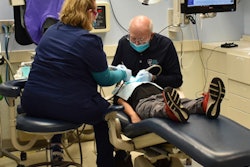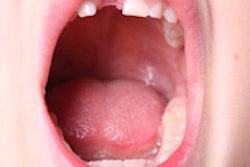Dental sealants are very effective for preventing most of the caries children get in their permanent back teeth, but most children still don't get them, especially those from low-income families, according to a new report from the U.S. Centers for Disease Control and Prevention (CDC).
Approximately 7 million low-income children need sealants, including about 60% of children between ages 6 and 11 who don't get dental sealants, the October 18 report noted. Children from poor families are 20% less likely to get dental sealants than children from higher-income families. Dental sealants prevent 80% of caries in the back teeth, where 9 in 10 carious lesions occur.
The report also included the following findings:
- Providing dental sealants through school-based programs to low-income children who don't have them could save up to $300 million in dental treatment costs.
- The disparity in sealants between low- and higher-income children has decreased. The number of low-income children with sealants increased by about 70% in the last decade. This increase prevented nearly 1 million carious lesions among children.
State officials play an important part in increasing children's access to school-based dental sealant programs, and the report authors encouraged them to take the following steps:
- Target school-based sealant programs to the areas of greatest need. Officials can then track the number of schools and children participating in the programs.
- Implement policies that deliver school-based sealant programs in the most cost-effective way.
- Connect schools with health departments, Medicaid offices, community health centers, and dental professionals and organizations.
CDC Director Tom Frieden, MD, noted that many children with untreated caries have difficulty eating, speaking, and learning, adding that school-based sealant programs are one of the most effective ways to get sealants to children in need.



















